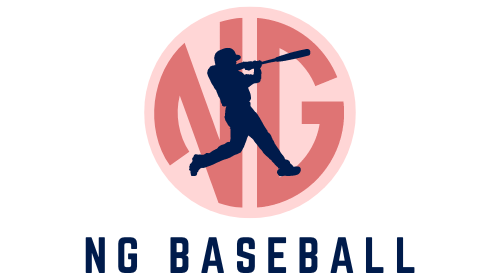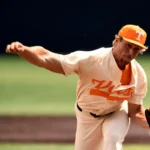Baseball is a game rich in strategy, subtlety, and a myriad of rules that can be perplexing, even to the seasoned fan. One such rule that has baffled many is the infield fly rule, a stipulation seemingly simple but layered with complexities.
In this blog, we will explore this rule in detail, unraveling its intricacies and offering insights into its necessity and implementation in the game of baseball.
The Basics
Before delving deep, it’s crucial to understand the fundamental aspects of the infield fly rule. This rule involves specific game situations and is invoked to protect the offensive team from deceptive plays by the defense.
Defining the Rule
The infield fly rule is applied when there are fewer than two outs, and there are runners on first and second base, or the bases are loaded.
The rule is designed to prevent the defense from turning an easy double or triple play by deliberately dropping a pop fly in the infield.
- The umpire calls an infield fly when he judges that a ball can be caught by an infielder with ordinary effort.
- When called, the batter is out, regardless of whether the ball is caught or not.
- Runners may advance at their own risk.
Context and Application
Once the rule is invoked, several scenarios can unfold depending on the runner’s and fielders’ actions. A key component to understand is that the rule’s application is subjective and relies heavily on the umpire’s judgment of what constitutes “ordinary effort” by an infielder.
- Runners can tag up and try to advance once the ball is touched, just like any caught fly ball.
- If the ball is dropped, runners can advance without tagging up but risk being thrown out.
- In contrast, if the ball is caught, runners must tag up before advancing.
The Necessity of the Rule

The infield fly rule, while seemingly obscure, serves an essential purpose in maintaining the game’s integrity and fairness. It prevents defensive players from taking undue advantage of the game situation and safeguards the offensive team’s interests.
Preventing Unfair Double Plays
In the absence of the infield fly rule, defensive teams could easily manipulate situations to their advantage. For example, with runners on first and second base and less than two outs, a short pop fly to the infield without the infield fly rule could allow the defensive team to deliberately drop the ball and potentially turn a double or triple play, catching the runners off guard.
- This scenario would put the offensive team at a significant disadvantage.
- The rule thus acts as a deterrent against unsportsmanlike conduct and preserves the game’s strategic elements.
Maintaining Game Flow
The infield fly rule also maintains the game’s pace and flow, preventing unnecessary stoppages and disputes that could arise due to controversial plays. By having a rule that automatically calls the batter out in specific situations it reduces the chances of arguments and maintains a smoother game experience.
- It promotes a fair and uninterrupted game flow.
- It also ensures that the focus remains on the skills and strategies employed by the players rather than exploiting loopholes in the rules.
Controversies and Clarifications
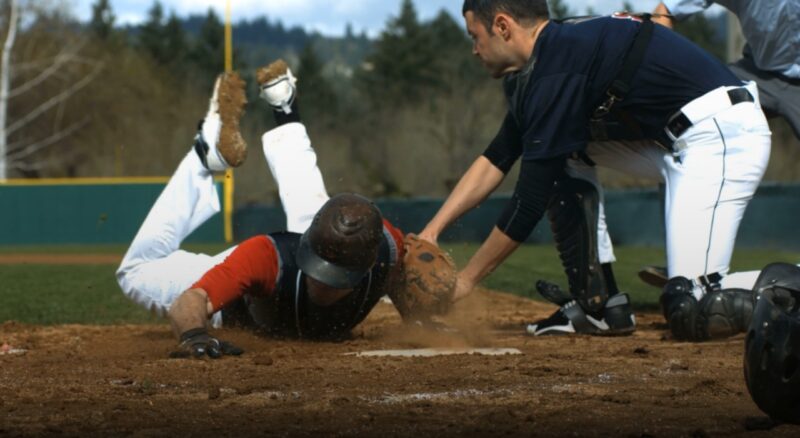
Despite its intention to maintain fairness, the infield fly rule has been a source of controversy due to its subjective nature. The umpire’s judgment plays a pivotal role in its enforcement, leading to debates and disagreements among fans and players alike.
Subjective Enforcement
The biggest point of contention with the infield fly rule is the subjectivity involved in determining whether an infielder can catch the ball with “ordinary effort.” This ambiguity has led to numerous controversial calls, with different umpires having varied interpretations of what constitutes ordinary effort.
- This subjectivity has often resulted in disagreements and calls for clearer definitions and guidelines.
- The controversy often revolves around whether the umpire’s call was warranted and if it had a significant impact on the game’s outcome.
Instances of Controversy
Several instances in baseball history highlight the controversies surrounding the infield fly rule. One notable example is the 2012 National League Wild Card Game between the Atlanta Braves and the St. Louis Cardinals. A controversial infield fly rule call in the eighth inning led to fan outrage, with many believing that the call unfairly influenced the game’s outcome.
- These controversies have sparked debates about the need to refine the rule.
- They also underline the necessity for umpires to exercise discretion and make well-judged calls.
Conclusions and Considerations
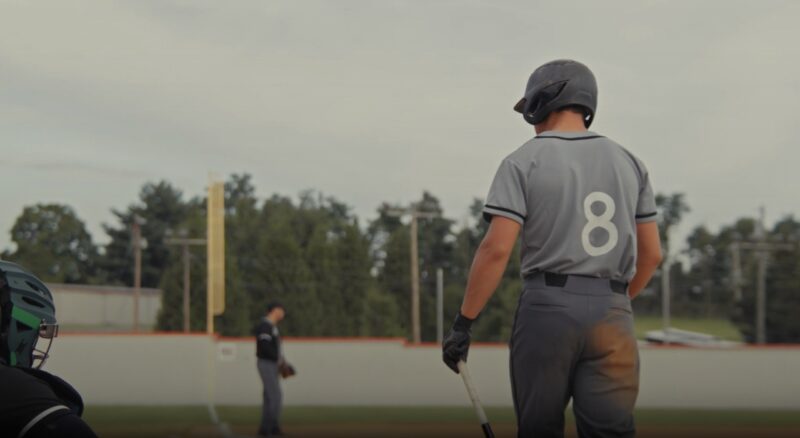
The infield fly rule, while obscure and complex, is a necessary component of baseball. It safeguards the offensive team from deceptive defensive plays and maintains the strategic essence of the game. However, its subjective nature and the controversies surrounding it warrant ongoing discussion and reflection.
The Need for Ongoing Discussion
Given the contentious nature of the infield fly rule, discussions around its clarity and application are crucial. The debates highlight the need for clear guidelines and possibly further refinement of the rule to mitigate controversies and ensure fair play.
- Constructive dialogue can lead to enhanced understanding and appreciation of the rule.
- Ongoing discussions also present an opportunity to explore potential modifications or clarifications to the rule to avoid future controversies.
The infield fly rule embodies the intricate balance between strategy, fairness, and sportsmanship inherent in baseball. While it might seem perplexing, understanding its nuances and implications enriches one’s appreciation of the game’s depth and complexity.
- It is a testament to baseball’s commitment to maintaining a level playing field and upholding the spirit of the game.
- The debates and reflections it provokes are integral to the continuous evolution and enhancement of the sport.
Evolution and Future Directions
As the game of baseball continues to evolve, so do its rules and regulations. The infield fly rule, while deeply embedded in the game’s fabric, may see alterations or refinements to better suit the changing dynamics and to continue to uphold the spirit of fairness and competition.
Possible Refinements
The subjective nature of the infield fly rule has left it open to interpretation and, subsequently, to potential refinements. By establishing clearer definitions of “ordinary effort” and perhaps incorporating technology, baseball can mitigate the controversies surrounding this rule.
- Future refinements might include more explicit guidelines on the umpire’s judgment criteria.
- Leveraging technology could help in making more accurate and unbiased decisions, minimizing human error, and ensuring fairness and consistency in the application of the rule.
Impact on the Game
Any refinement or alteration to the infield fly rule will invariably impact the game’s dynamics. While the objective is to enhance fairness and minimize controversies, changes need to be carefully considered to maintain the delicate balance between offense and defense and to preserve the game’s strategic depth.
- Consideration must be given to how any change might shift the balance of advantage between the teams.
- The focus should be on preserving the core values of baseball while adapting to the evolving needs and demands of the sport.
Embracing the Complexity
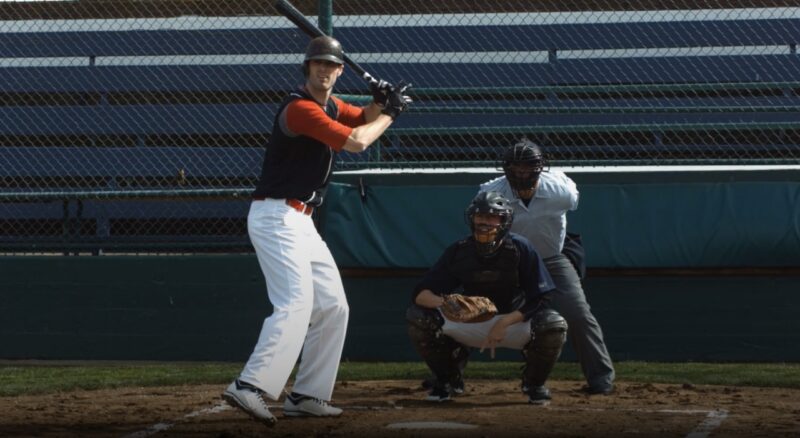
The infield fly rule is a quintessential representation of baseball’s complexity and strategic depth. Embracing and understanding this rule is part of appreciating the game in its entirety. It’s crucial for fans, players, and officials to engage in continuous learning and dialogue to ensure the spirit of the game is upheld.
Educational Endeavors
Educating fans, players, and aspiring umpires about the infield fly rule and its intricacies is crucial. Knowledge sharing through various mediums such as workshops, online platforms, and in-game announcements can foster a deeper understanding and appreciation of the rule among the baseball community.
- Educational initiatives can demystify the rule and clarify common misconceptions.
- Enhanced knowledge of the rule can lead to more informed discussions and constructive debates, contributing to the overall development and enrichment of the sport.
Celebrating Baseball’s Richness
Understanding the infield fly rule and its nuanced application is a journey into the richness of baseball. The rule, with its complexities and controversies, is a reflection of the strategic depth and multifaceted nature of the game, elements that are worth celebrating and preserving.
- It is not just a regulatory stipulation but a symbol of the game’s intricacy and elegance.
- By embracing its complexity, fans can experience a more profound connection with the sport and gain a heightened appreciation for the multifarious aspects of baseball.
FAQs
Can the Infield Fly Rule Be Invoked if There Is Only a Runner on First Base?
No, the infield fly rule cannot be invoked with only a runner on first base. It can only be applied when there are runners on first and second base or the bases are loaded, and there are fewer than two outs.
What Happens if The Ball Goes Into the Outfield After Being Hit?
Typically, the infield fly rule is meant for balls that can be caught by an infielder with ordinary effort, which generally precludes balls hit into the outfield. However, if an umpire judges that an infielder can catch the ball with ordinary effort in the outfield, they may still invoke the rule.
If the Umpire Invokes the Infield Fly Rule, but The Ball Is Not Caught, Is the Batter Still Out?
Yes, once the infield fly rule is invoked, the batter is automatically out, regardless of whether the ball is subsequently caught or not. The rule is in place primarily to protect the runners and prevent the defense from making deceptive plays.
How Does the Infield Fly Rule Affect the Runners on Base? Can They Advance?
Once it is called, runners can choose to stay on their base, or if they believe the ball will not be caught, they can attempt to advance at their own risk. If the ball is caught, they must tag up before advancing to the next base, as per the usual rules on caught fly balls.
Can the Infield Fly Rule Be Invoked on A Bunted Ball?
No, it does not apply to bunts. The rule is specifically designed for fly balls that can be caught by an infielder with ordinary effort, and a bunted ball is generally not hit with enough force to qualify as a fly ball under this rule.
Does the Umpire Have to Invoke the Infield Fly Rule Immediately when The Ball Is Hit?
The umpire should invoke it as soon as it is clear that the ball can be caught by an infielder with ordinary effort. However, there is no strict time frame, and the umpire has the discretion to make the call based on their judgment of the play.
Final Words
By knowing about the intricacies of the infield fly rule, fans, players, and aficionados alike can gain a deeper understanding and appreciation of the beautiful game of baseball, embracing its complexities as essential elements that contribute to the richness and dynamism of the sport.
